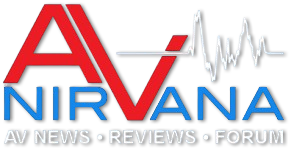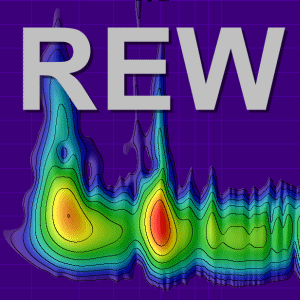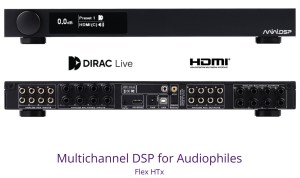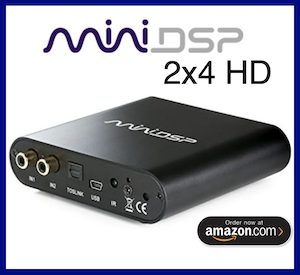Timebandit2
Registered
Thread Starter
- Joined
- Feb 14, 2020
- Posts
- 27
More
- Main Amp
- Powered speakers
- Streaming Subscriptions
- Z10 Mixing desk
- Front Speakers
- Presonus Sceptre
Hi there, new to this software and forum. I'm starting to analyse for a small studio room.
I was wondering, with the microphone, should it be pointing towards the monitors or up to the ceiling?
Thanks in advance for any replies.
I was wondering, with the microphone, should it be pointing towards the monitors or up to the ceiling?
Thanks in advance for any replies.












